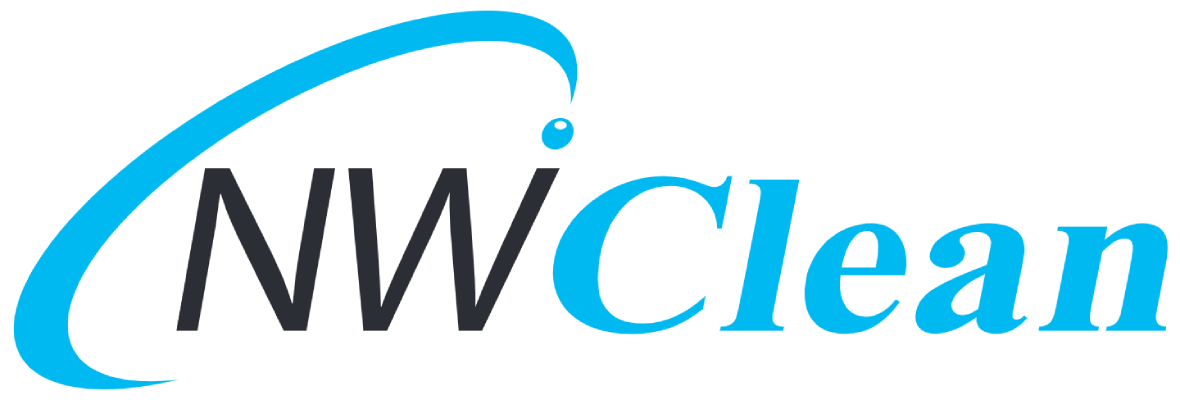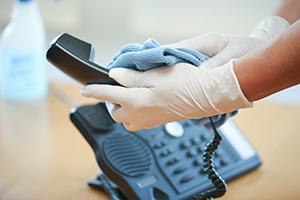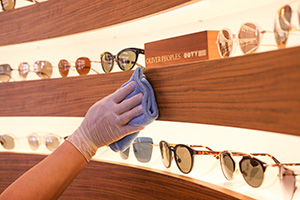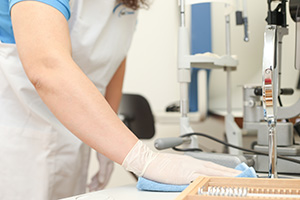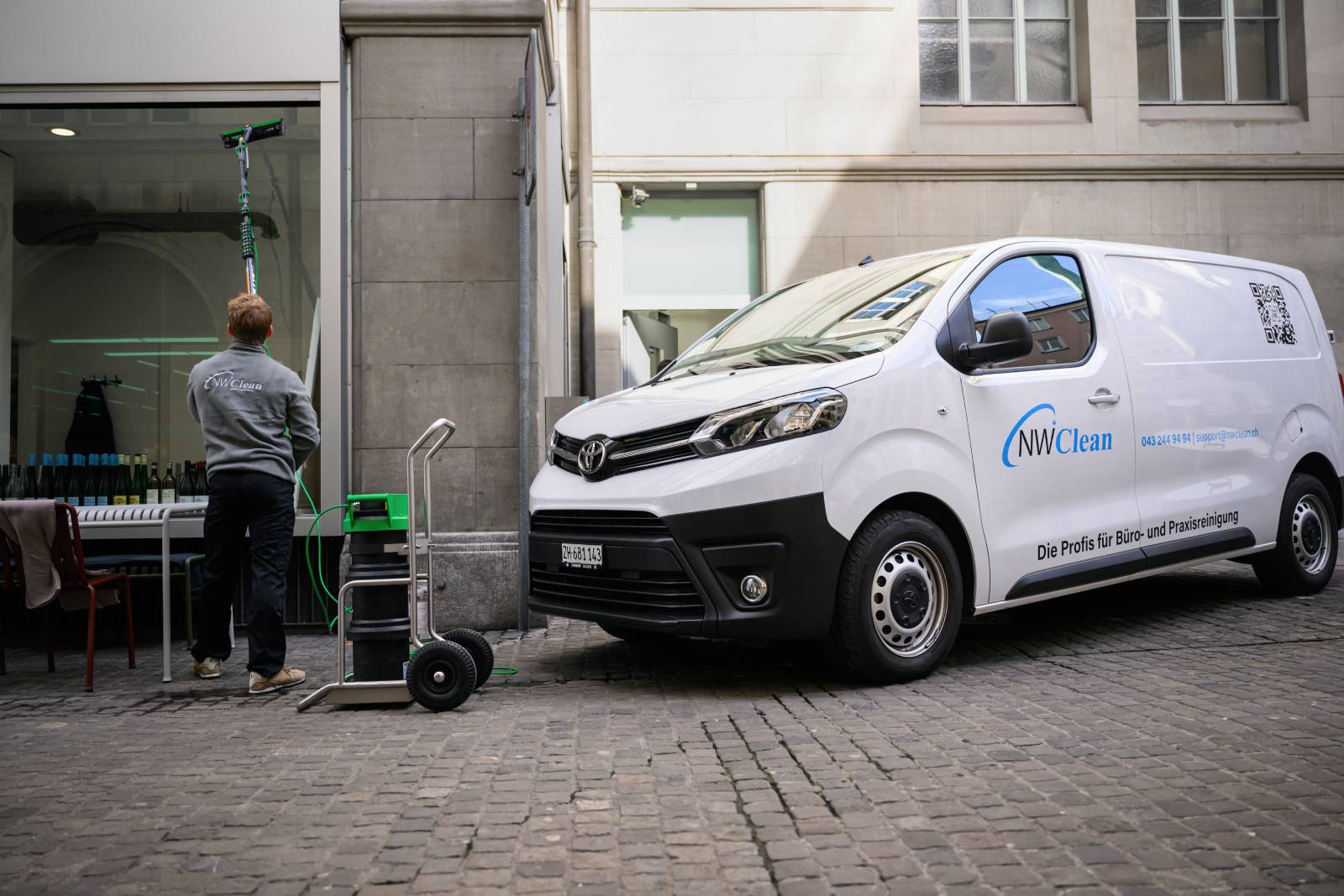Graffiti removal
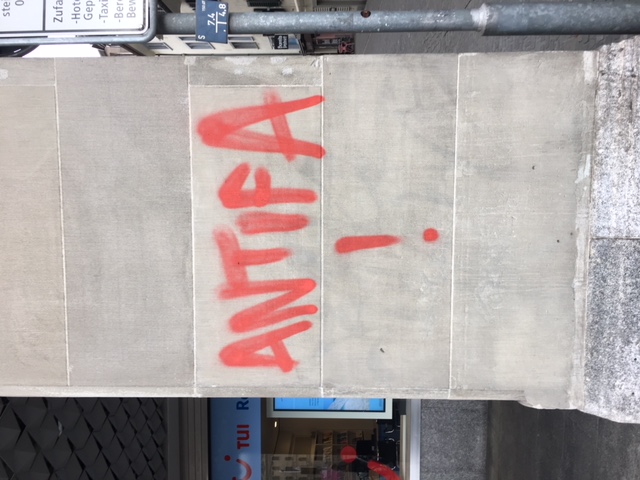
Illegal graffiti artwork causes considerable damage in Zurich every year. This affects public and private property. The question is: How can graffiti surfaces be cleaned quickly and without leaving any residue? What options are there for protecting against paint attacks by sprayers?
The first aid for graffiti attacks
Removing graffiti is generally time-consuming and costly. A simple and fast solution to remove graffiti is to paint over it in the exact color. Specialized companies in Zurich use a a mobile color measuring device. It measures the color of the facade, mixes it and paints over only the smeared smeared area.
The measuring device automatically takes into account the degree of soiling and the type of substrate. A primer ensures optimum adhesion of the final coating. It also prevents the graffiti from shining through. The graffiti is then painted over with this remixed color.
However, simply painting over it is not always possible. If, for example, the paint is on a natural a natural stone substrate, the only solution is complete removal. Various products are available in are available in Zurich for the respective areas of application.
The variant with commercial means
The specialized trade in the Zurich area offers special removers. With these, private individuals can also try to remove the unwanted artwork. The remover is applied to the surface and after a removed with a brush or sponge. This application is only suitable for smaller graffiti
The problem here is that in the final work step, the paint has to be washed again. The graffiti paint and paint remover are chemical solutions, the residues of which could possibly get into the groundwater. The contaminated wash water must therefore be collected and disposed of in an environmentally friendly manner.
When choosing a product, make sure to buy biodegradable agents. The chemical solvents are for the most part very aggressive and can also damage the substrate if used incorrectly. For a sensitive surface, this method should not be used.
The variant with high pressure hot water and chemistry
This method uses a chemical agent to remove graffiti. It is applied to the It is applied to the unwanted image and after some time it is removed with a high-pressure jet. The surface is treated by the water jet with a pressure of about 120 bar. The water has a temperature of about of 70 degrees.
With this, the paint disappears even from small pores in the wall. The process is particularly thorough, but by no means gentle or environmentally friendly. On the one hand, there is the possibility of substances getting into the groundwater. groundwater, and water consumption is also very high.
Incorrect application could, for example, cause the stored salts from a clinker facade to be flushed to the surface by the wetness and form white deposits there.
The low pressure wet blasting process
Here, an air-water mixture is used, to which a blasting agent can be added. With this method, the artwork is blasted from different angles to achieve satisfactory results.
Depending on the nature of the surface and the graffiti paint, different pressure levels are used. It is between 0.2 and 4 bar. The composition of the blasting media can also vary. The grain size differs depending on the substrate.
The disadvantage of this method is that parts of the plaster are removed. Likewise, paint residues could penetrate the masonry and settle there. This creates shadows on facades and walls.
The vacuum jet method
This cleaning process uses negative pressure to remove the paint. The blasting media have different qualities. This technique is easy to handle and is one of the minimally abrasive processes. The vacuum sucks the abrasive from a storage container into a blasting device. There it is accelerated and hits the graffiti at a speed of about 400 km/h. This force dissolves the graffiti. This force causes the paint to detach from the sprayed surface. The advantage of this process is that it is a closed cycle.
The abrasive is conveyed again into the container through a hose by negative pressure. The detached particles are filtered and collected in a cyclone. The cleaning cycle starts again from the beginning. It is very suitable for sensitive surfaces. However, it is not recommended for a damp surface.
The cleaning with laser beams
This particular technology can also be used to remove graffiti. However, the initial cost of a laser is high. The laser beam causes the paint layer to burst into tiny pieces. The wall surfaces are not damaged and it is a more environmentally friendly method.
That is why it is good to use especially for sensitive facades. Neither toxic chemicals are used nor a lot of water is consumed. A disadvantage of the laser beam technique is that it is more suitable for smaller images (tags). The removal of larger structures would take a lot of time and the cost would be high.
The treatment with dry ice
In the dry ice method, the image to be removed is treated with a low pressure. The graffiti basically get a cold shock and become brittle. The dry ice has a temperature of about minus 80° Celsius. It consists of CO2, which is an industrial by-product in Zurich.
Another advantage is that no chemical substances need to be used. Compared with abrasive methods or high-pressure processes, dry ice is less aggressive. Therefore, it can be used especially well on a sensitive substrate.
Nevertheless, damage to a facade cannot be ruled out. Less sensitive surfaces such as concrete, clinker, bricks or plaster can also be freed from graffiti using this technique. However, the storage of dry ice is relatively extensive and energy-intensive. For example, the substance must be stored at -80° Celsius.
The advantages and disadvantages
In any case, graffiti should disappear as soon as possible. If the paint first gets a stronger connection with the substrate, the cleaning becomes much more difficult. This applies especially to the south side of a sprayed surface, where the substance is burned in faster due to the strong sunlight.
The above-mentioned possibilities for removing graffiti must often be made dependent on the substrate. be made. Not all methods are suitable for every surface. The use of blasting methods can, for example, cause damage to walls or facades. The necessary repairs can cause higher costs.
If you want to remove the graffiti art yourself, you should preferably avoid chemical substances, high-pressure technology or laser. Primarily for reasons of environmental protection.
Another reason is the protection of the base surface, which is sometimes affected. Ultimately, the result of the cleaning is also decisive. Not all methods are equally good at completely removing graffiti paint from facades. The wet blasting method, for example, cannot do this if the pressure is too low.
The pressure blasting methods are not very environmentally friendly, this also applies to the technique with dry ice. Here, all the waste that has been removed should be collected with appropriate means, collected and should not be left on the ground.
One process stands out positively: vacuum blasting. It is not only the self-contained system, but also its environmental friendliness, because no dissolved fragments are released. Therefore, no special protective measures are required and it is easy to operate.
If all considerations are taken into account, vacuum blasting is the main option for professional removal in Zurich. It has advantages in terms of the final result, the low environmental impact and because it is gentle on the sprayed surface. For particularly sensitive building surfaces, gentle cleaning is thus guaranteed.
The protective coatings for surfaces
To make graffiti easier to remove, specialists in Zurich can apply a surface protec applied. Temporary, semi-temporary and permanent protective coatings are available for this purpose.
Disposable protection
If there is a temporary protective coating under the graffiti, it will be removed when the image is removed. removed. It serves as a one-time protection against the spray attack. Therefore a new coating is necessary after cleaning is necessary.
Semipermanent
The surface is first sealed with impregnation. It is intended to protect the wall surface from penetration of varnish or paint and is a kind of permanent coating. On top of this layer, as in the case of one-time protection, a so-called sacrificial layer is applied. It is then removed together with the graffiti during cleaning.
Permanent protection
It was designed for multiple graffiti protection. This durable protection was developed for areas in Zurich that are frequent attractions for sprayers.
Personal contact
You are looking for industry-specific maintenance cleaning. I will be happy to advise you personally.

Contact
Nico Weber
Managing Director
Contact details
Phone: 043 244 94 94
E-Mail: weber@nwclean.ch
Office cleaning and practice cleaning with NW Clean GmbH in Zurich
If you want a high standard of cleaning, you have come to the right place.
Office cleaning
Your needs are our top priority. We put everything to implement them.
Commercial cleaning
The first impression of your clientele is important. With our cleaning we make sure, that they can always feel comfortable with you.
Practice cleaning
In the case of medical practices, we also attach particular importance to hygiene.
